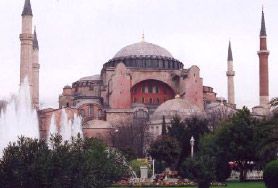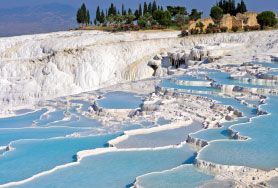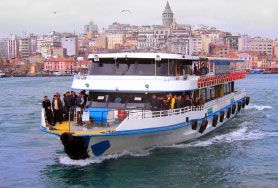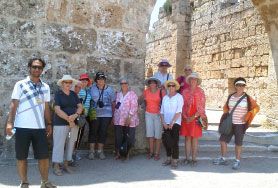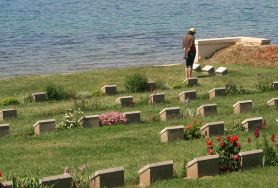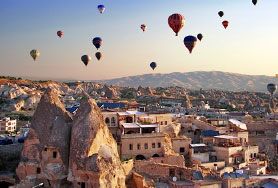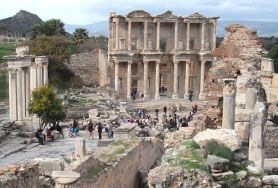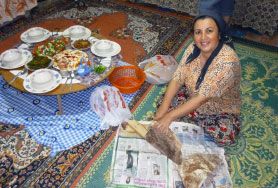
Gaziantep was formerly known as Antep and is still sometimes referred to by that name. It’s location is approximately 100 kilometres from the Syrian Border. Called Antioch in ancient times, it is one of the longest continually inhabited cities in the world.



